'As a child I wanted to snuggle up with the dogs and be part of it': Alexia Robinson chooses her favourite painting
Alexia Robinson, founder of Love British Food, chooses an Edwin Landseer classic.
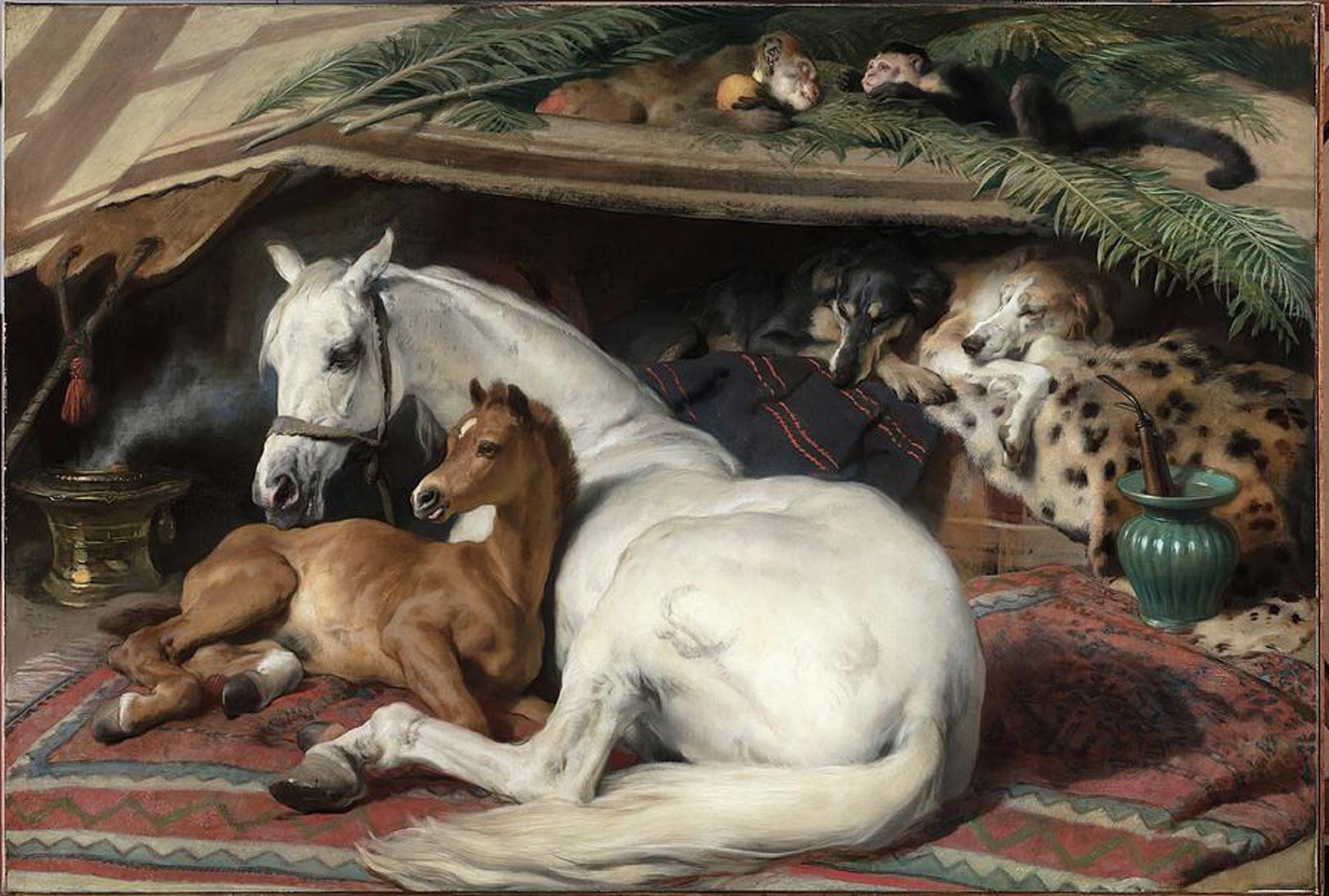

Alexia Robinson on The Arab Tent by Sir Edwin Landseer
‘When we trained a racehorse at home, it was a struggle to think of a stable name for Premier Portrait by Portrait Gallery. My thoughts turned to my favourite painting in my favourite art gallery, the Wallace Collection – Landseer’s The Arab Tent – so we named him Wally.
'He won 13 races for us and was National Champion point-to-pointer. Because the Wallace Collection is free, I wander in often and just stand in front of this painting. As a child I wanted to snuggle up with the dogs and be part of it.’
Alexia Robinson is the founder of Love British Food, the National Harvest Service and British Food Fortnight, which this year runs until October 6.
Charlotte Mullins comments on The Arab Tent
Sir Edwin Landseer came from a large artistic family — his father, John, was an engraver and all his siblings became artists. A precocious draughtsman, Landseer began exhibiting at the Royal Academy aged 13 and achieved the highest level of fame in the family, with many of his paintings turned into engravings and widely disseminated.
The Arab Tent was completed in 1866, the year he finished sculpting four lions for the base of Nelson’s Column in Trafalgar Square. The artist was responding to the growing interest in Orientalism in this painting.
An Arab mare and foal lie on a rug outside an Arab tent. Two Persian greyhounds rest in the tent’s shade, sprawled across a leopard skin, and two monkeys make a bed of palm leaves on the taut canvas above. There are many incongruities in this picture, but Landseer’s mastery of painting animals is never in doubt. He studied them at menageries and in the wild, even dissecting them to understand their anatomy, as did his predecessor George Stubbs. He would anthropomorphise them so they took on human characteristics and traits, with loyal and devoted dogs being a particular favourite.
When he was painting The Arab Tent, Landseer was offered the presidency of the Royal Academy, but turned it down. The press had noticed his ‘nervous state of health’, exacerbated by heavy drinking. Some time later, in 1872, he entered an asylum, dying the following year.
Exquisite houses, the beauty of Nature, and how to get the most from your life, straight to your inbox.
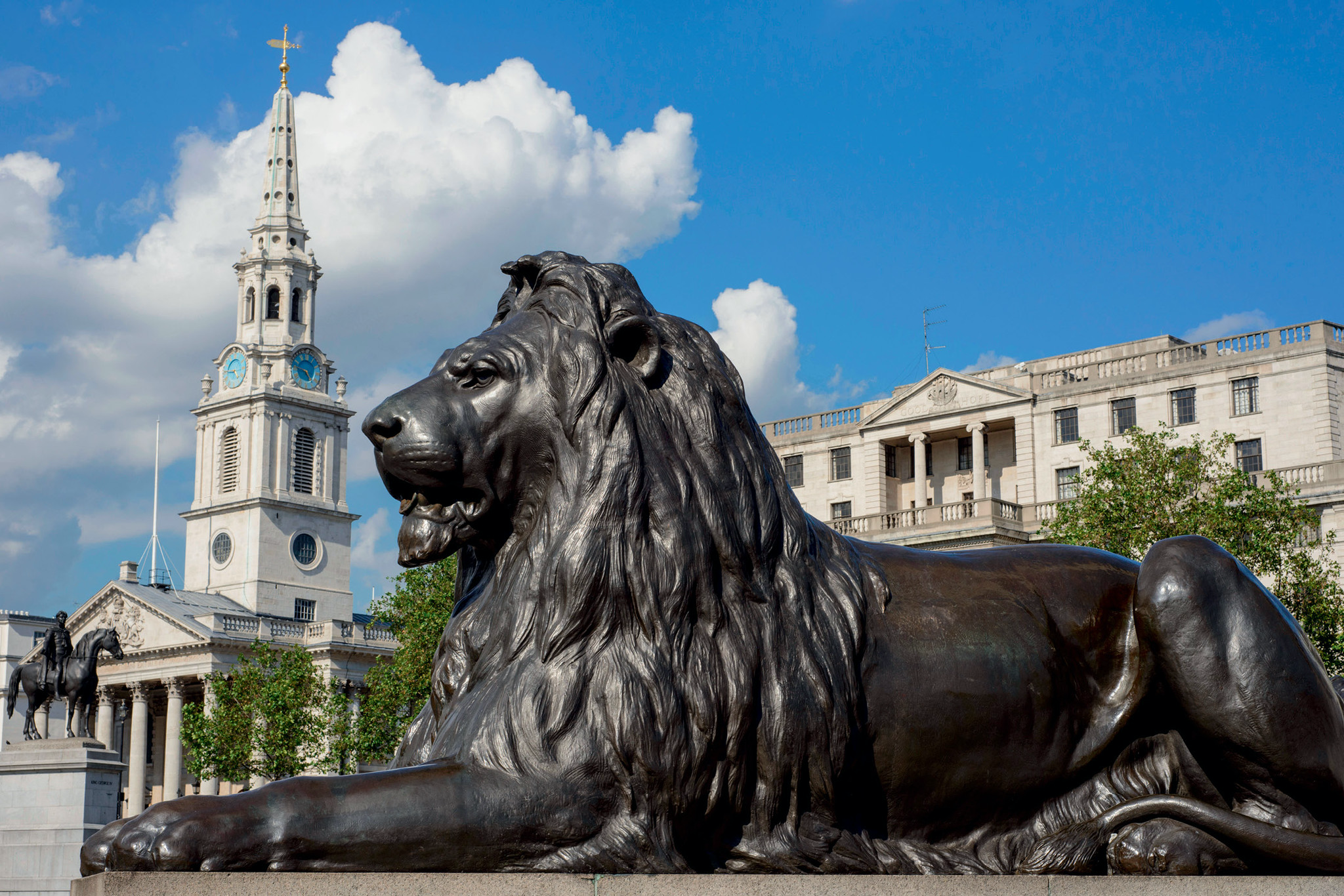
One of the Sir Edwin Landseer lions in Trafalgar Square.
In Focus: The lions of Trafalgar Square by Sir Edwin Landseer
The famous bronze lions that stand guard at Trafalgar Square are among the world's most famous sculptures. Jack Watkins takes
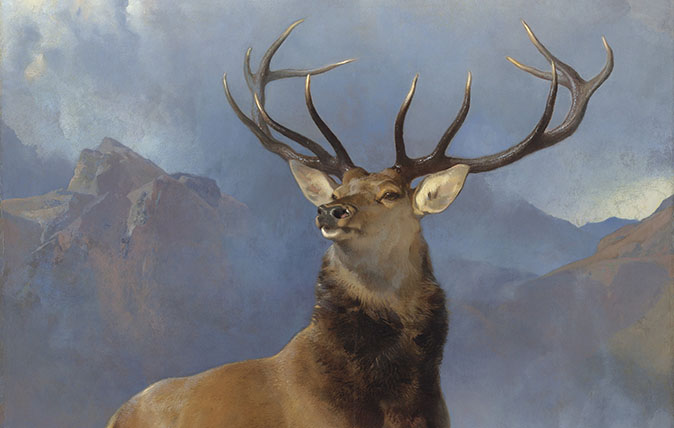
Sir Edwin Landseer’s Monarch of the Glen (Picture: National Galleries of Scotland)
In Focus: The many lives of Landseer's 'The Monarch of the Glen', the eternal symbol of Scotland
The most famous of Victorian paintings took on a life of its own as a marketing icon, romantic symbol of
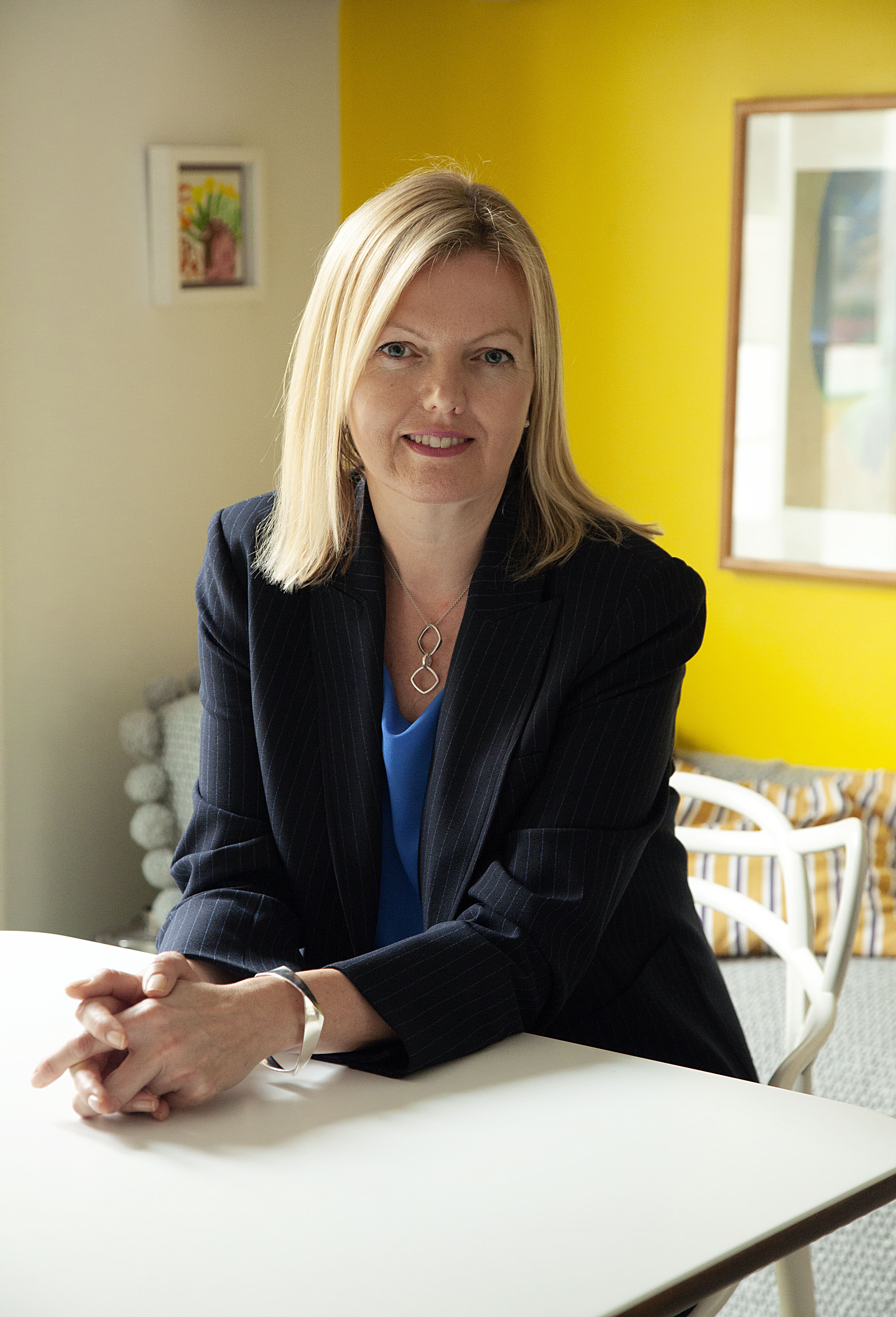
Charlotte Mullins is an art critic, writer and broadcaster. Her latest book, The Art Isles: A 15,000 year story of art in the British Isles, will be published by Yale University Press in October 2025.
-
 Cocker spaniels: The indefatigable dog breed with medieval lineage that stole David Beckham’s heart
Cocker spaniels: The indefatigable dog breed with medieval lineage that stole David Beckham’s heartOnce bred to flush out woodcock, now found in royal estates and Hollywood homes — the Cocker Spaniel’s charm knows no bounds.
-
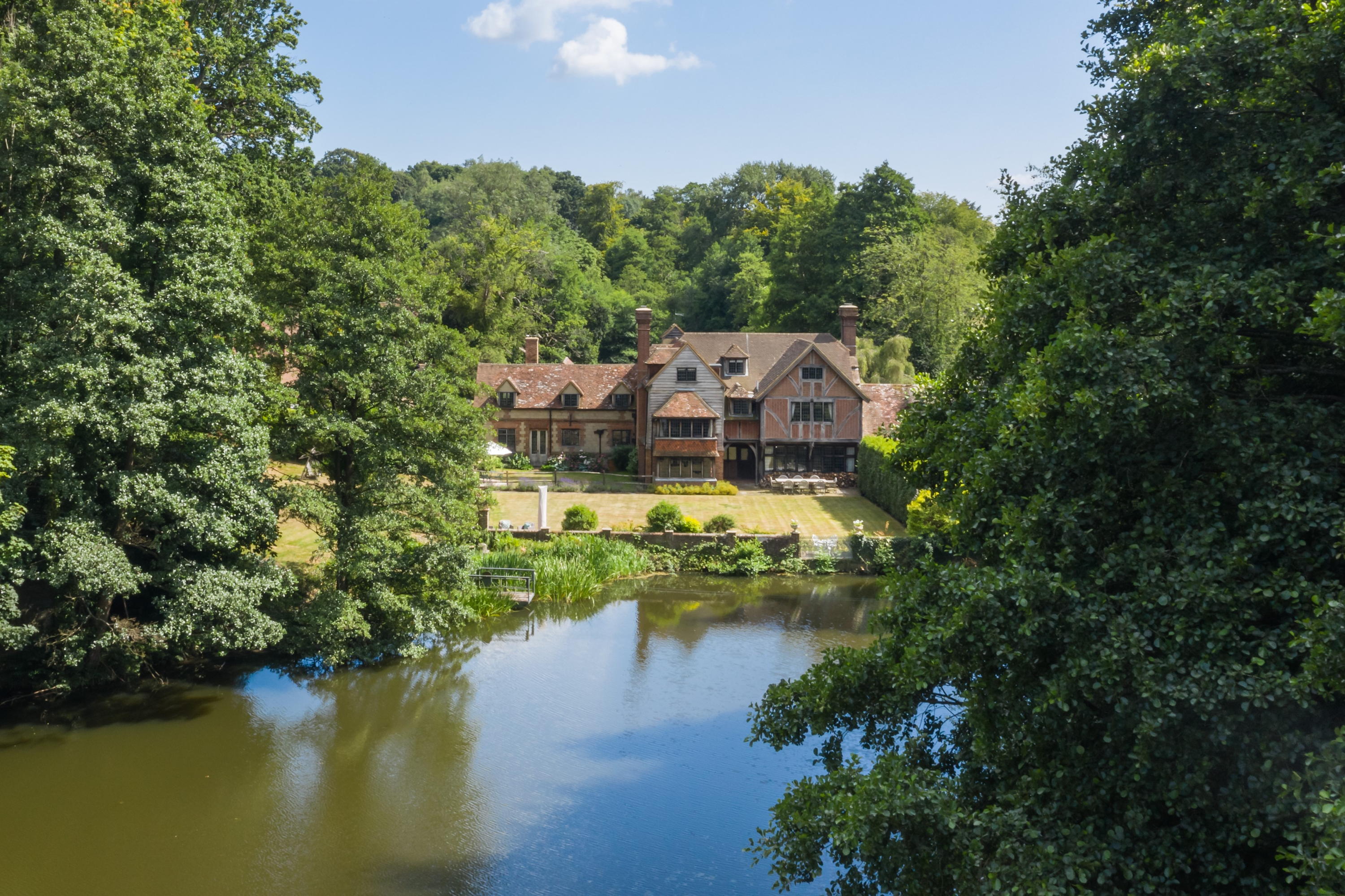 20 breathtaking country homes for sale, as seen in Country Life
20 breathtaking country homes for sale, as seen in Country LifeWe take a look at some of the finest houses to come to market via Country Life in the past week.
-
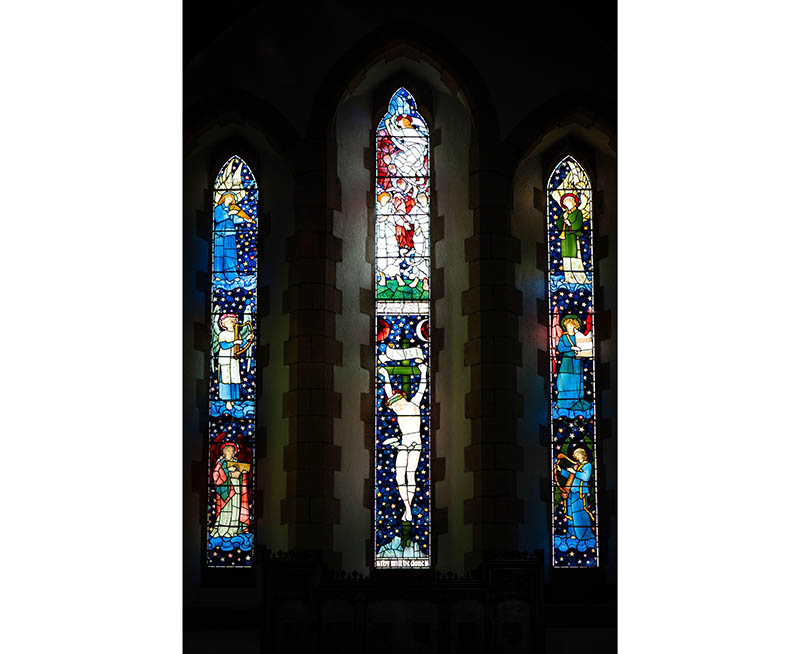 The Pre-Raphaelite painter who swapped 'willowy, nubile women' for stained glass — and created some of the best examples in Britain
The Pre-Raphaelite painter who swapped 'willowy, nubile women' for stained glass — and created some of the best examples in BritainThe painter Edward Burne-Jones turned from paint to glass for much of his career. James Hughes, director of the Victorian Society, chooses a glass masterpiece by Burne-Jones as his favourite 'painting'.
-
 'I can’t look away. I’m captivated': The painter who takes years over each portrait, with the only guarantee being that it won't look like the subject
'I can’t look away. I’m captivated': The painter who takes years over each portrait, with the only guarantee being that it won't look like the subjectFor Country Life's My Favourite Painting slot, the writer Emily Howes chooses a work by a daring and challenging artist: Frank Auerbach.
-
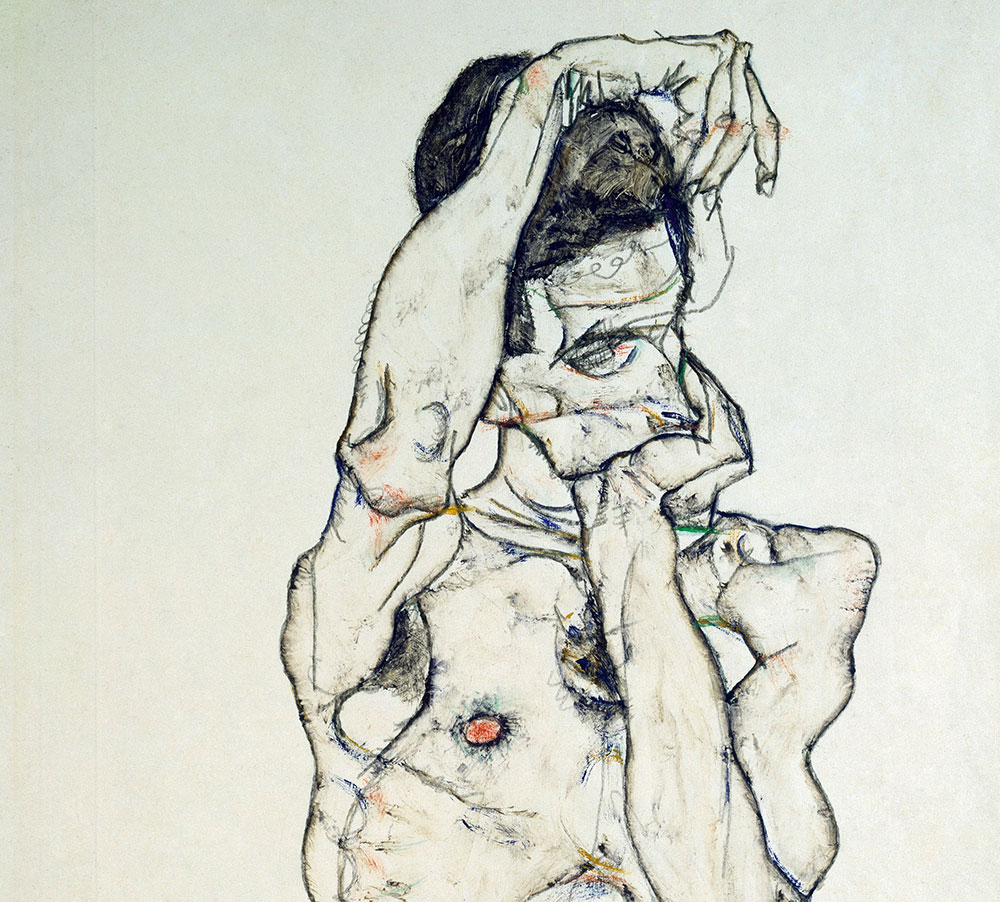 My Favourite Painting: Rob Houchen
My Favourite Painting: Rob HouchenThe actor Rob Houchen chooses a bold and challenging Egon Schiele work.
-
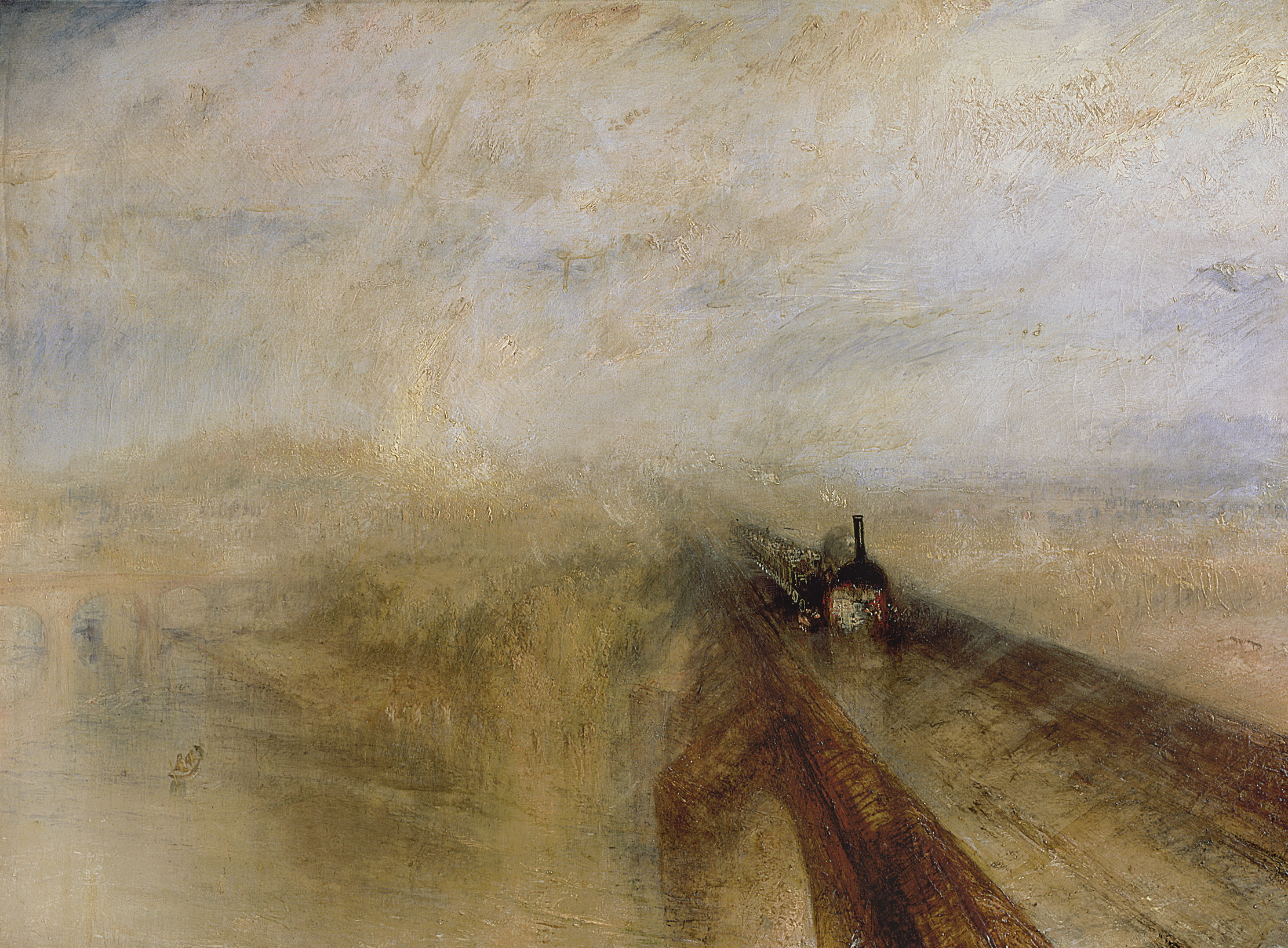 My Favourite Painting: Jeremy Clarkson
My Favourite Painting: Jeremy Clarkson'That's why this is my favourite painting. Because it invites you to imagine'
-
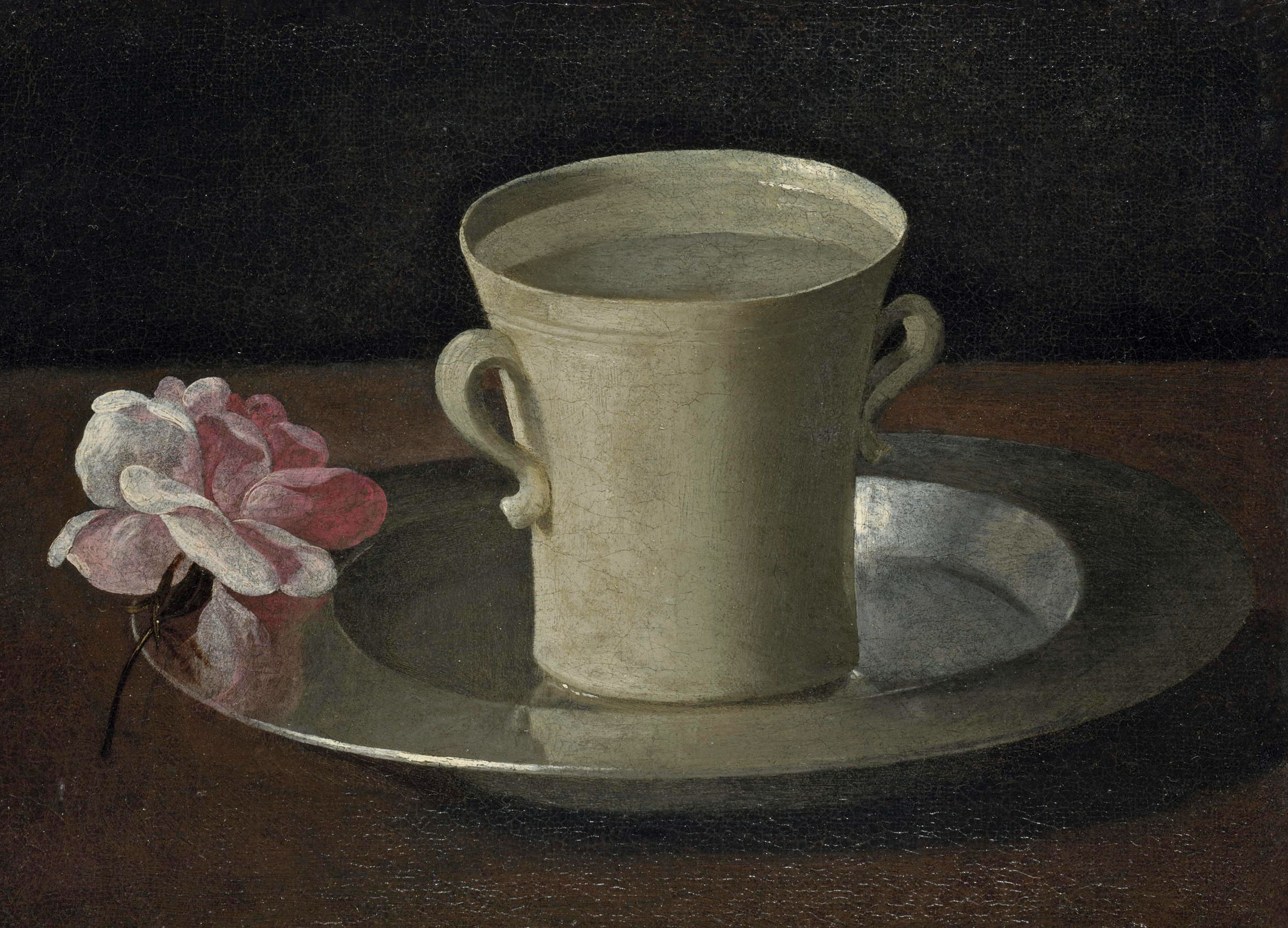 The chair of the National Gallery names his favourite from among the 2,300 masterpieces — and it will come as a bit of a shock
The chair of the National Gallery names his favourite from among the 2,300 masterpieces — and it will come as a bit of a shockAs the National Gallery turns 200, the chair of its board of trustees, John Booth, chooses his favourite painting.
-
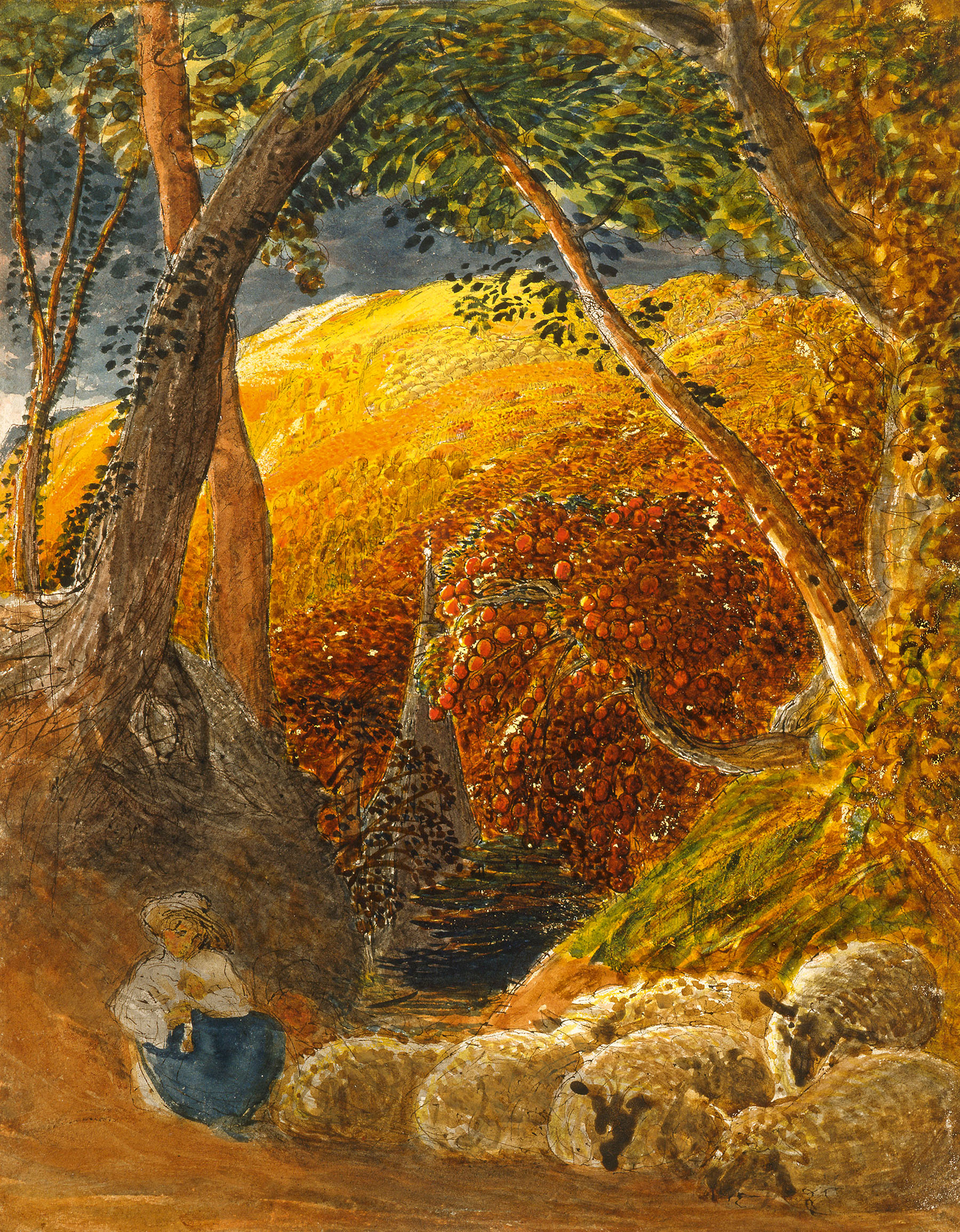 'A wonderful reminder of what the countryside could and should be': The 200-year-old watercolour of a world fast disappearing
'A wonderful reminder of what the countryside could and should be': The 200-year-old watercolour of a world fast disappearingChristopher Price of the Rare Breed Survival Trust on the bucolic beauty of The Magic Apple Tree by Samuel Palmer, which he nominates as his favourite painting.
-
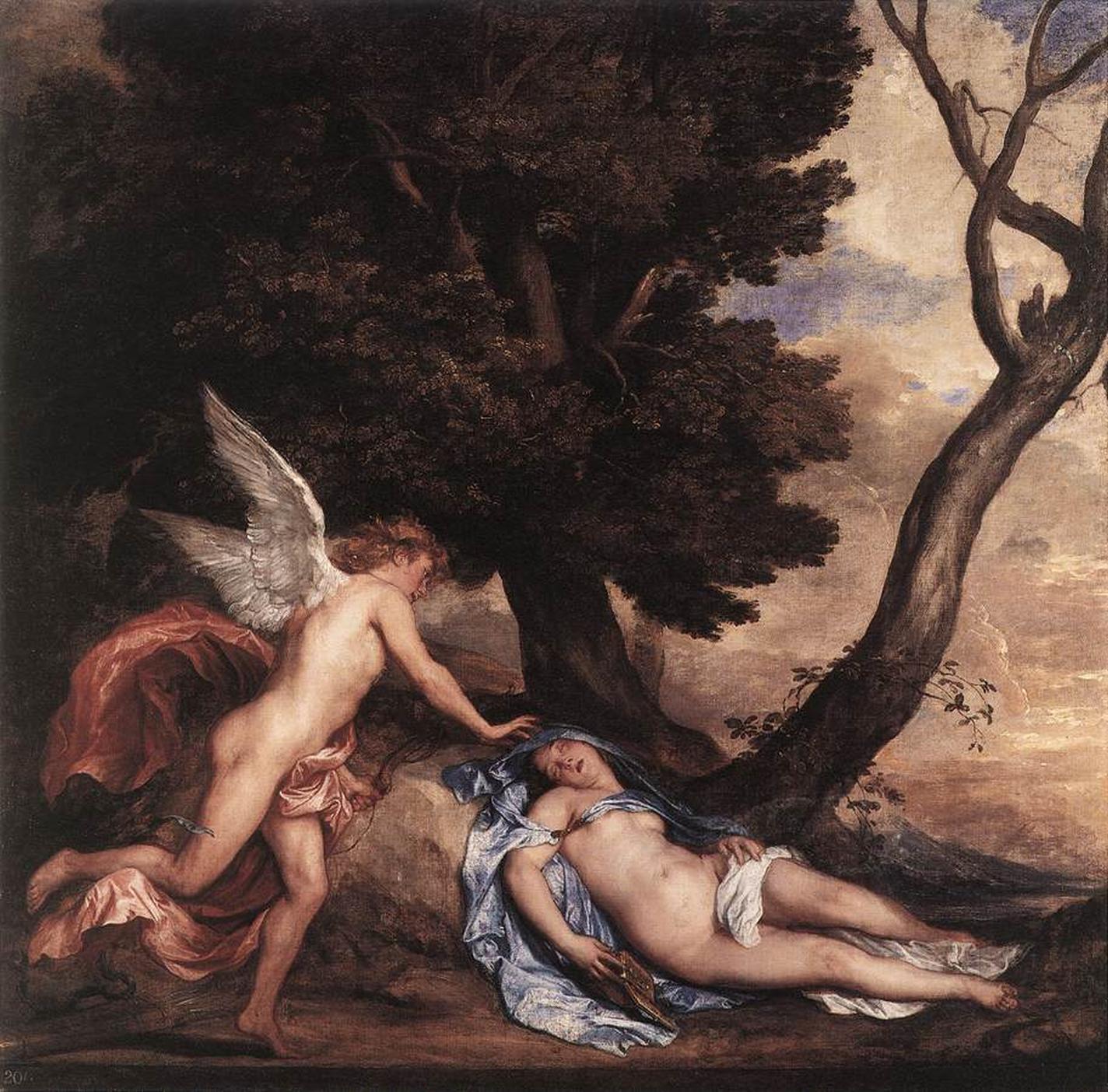 My favourite painting: Andrew Graham-Dixon
My favourite painting: Andrew Graham-Dixon'Lesson Number One: it’s the pictures that baffle and tantalise you that stay in the mind forever .'
-
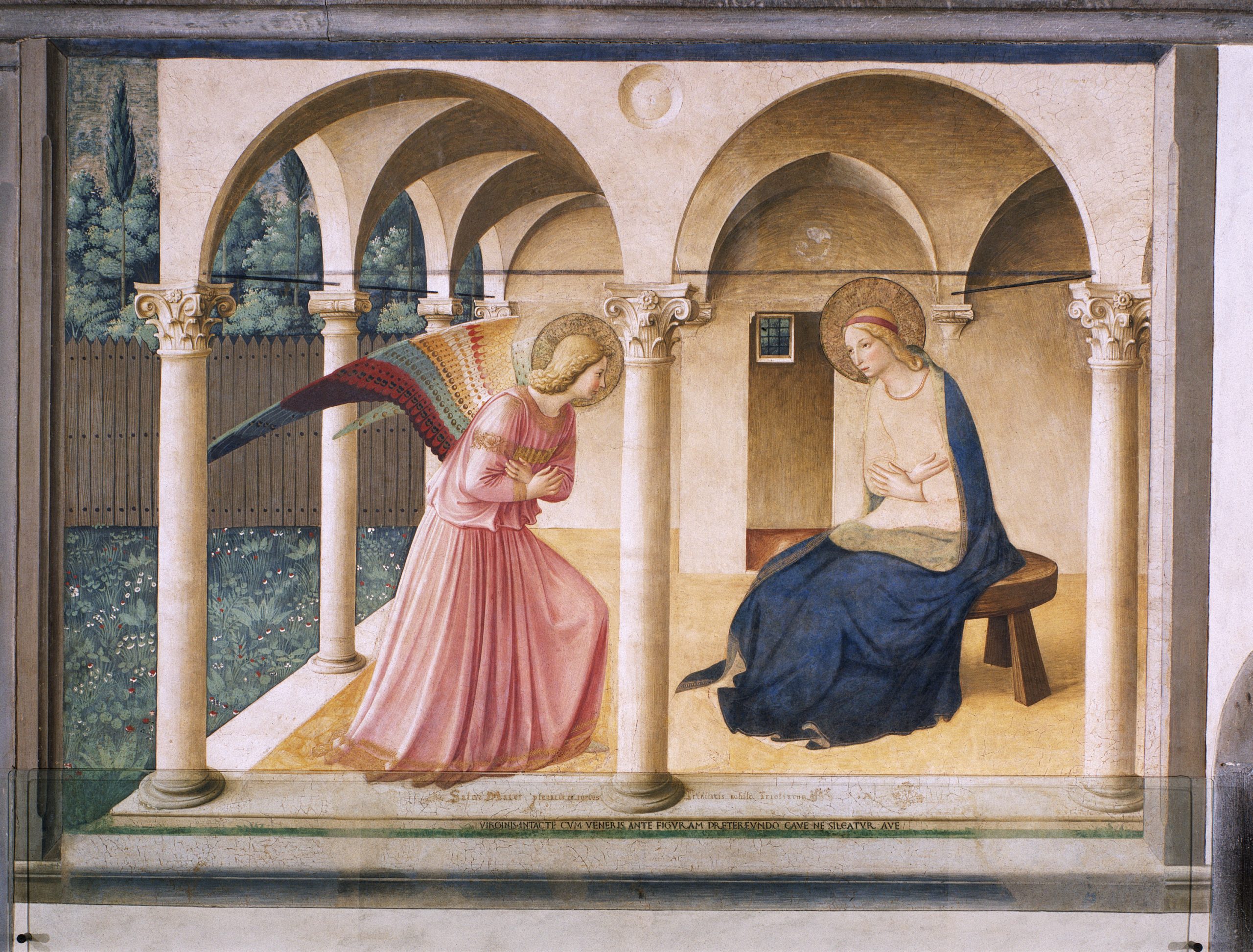 My favourite painting: Sir Alistair Spalding
My favourite painting: Sir Alistair SpaldingThe artistic director of Sadler's Wells chooses a painting created 'purely to aid reflection and contemplation'.